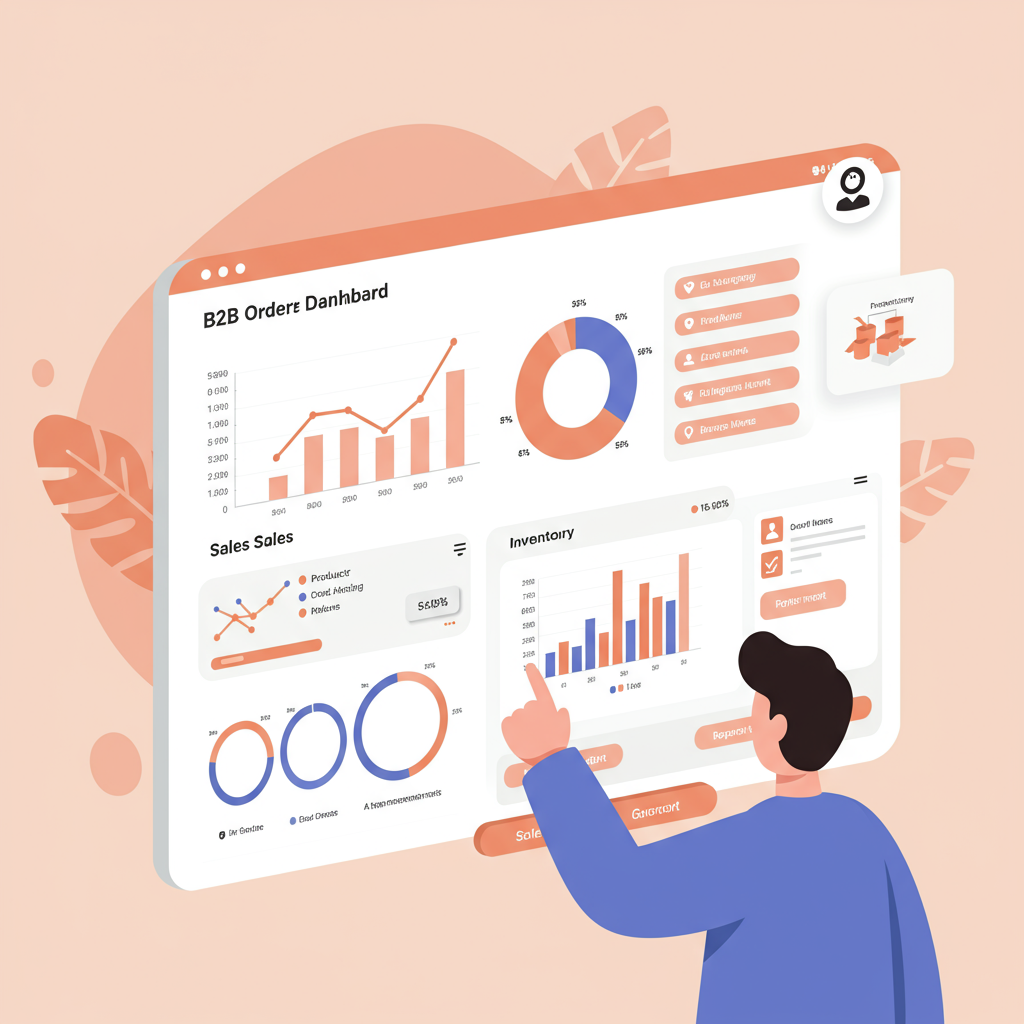Discover how to leverage Shopify’s powerful features and app ecosystem to launch and scale your wholesale operations.
As a merchant, you’re always looking for new avenues to grow your business and reach a wider audience.
While direct-to-consumer (DTC) sales are often the primary focus, have you ever considered the immense potential of wholesale?
Wholesale allows you to sell your products in bulk to other businesses, like retailers, distributors, or even other online stores.
This can significantly expand your reach, increase order volume, and build brand recognition without the direct marketing costs associated with individual consumer sales.
But how do you effectively manage a wholesale operation, especially if you’re already running a successful Shopify store?
That’s precisely what I want to discuss today: leveraging Shopify to streamline your wholesale business and unlock new growth opportunities.
Shopify, at its core, is a powerful e-commerce platform, and it offers robust solutions for B2B (business-to-business) sales, whether through its native features or a rich ecosystem of apps.
Let’s dive into how you can set up and optimize your wholesale channel using Shopify.
For larger businesses, particularly those on Shopify Plus, the platform offers a dedicated “Wholesale Channel” feature.
This built-in functionality allows you to create a separate, password-protected storefront specifically for your wholesale buyers.
Imagine a private portal where your B2B customers can log in, view their custom pricing, and place orders with ease.
This channel integrates seamlessly with your existing Shopify admin, meaning you manage all your products, inventory, and customer data from one central location.
Key features of the Shopify Plus Wholesale Channel include custom pricing lists, allowing you to offer different price tiers to different wholesale customers.
You can set minimum order quantities or amounts, ensuring that wholesale orders meet your profitability thresholds.
It also supports net payment terms, which is crucial for B2B transactions, allowing businesses to pay within a specified period after receiving goods.
This level of customization and control ensures that your wholesale operations are tailored to the unique needs of your business partners.
Now, what if you’re not on Shopify Plus, or you need even more specialized wholesale functionalities?
This is where Shopify’s extensive app store comes into play.
There are numerous third-party apps designed specifically to transform your standard Shopify store into a powerful wholesale hub.
Apps like “Wholesale Club,” “Wholesale Gorilla,” or “B2B/Wholesale Solution” offer a fantastic array of features.
These often include tiered pricing based on quantity or customer group, quick order forms for bulk purchasing, and the ability to hide products or collections from retail customers.
Many of these apps allow you to create a separate wholesale registration form, enabling you to vet potential B2B clients before granting them access to your special pricing.
This ensures you maintain control over who gets your wholesale rates and helps you build a qualified network of partners.
When choosing an app, I recommend looking for one that offers seamless integration with your existing theme and provides excellent customer support.
Once you’ve decided on your platform approach – whether it’s Shopify Plus’s native channel or a robust app – the next step is to strategize your wholesale program.
Consider your pricing model: Will you offer flat wholesale rates, or will you implement tiered pricing based on order volume?
For example, a customer buying 50 units might get a better per-unit price than someone buying 10.
Think about your customer segmentation. Do you have different types of wholesale buyers (e.g., small boutiques vs. large distributors)?
You might want to create different pricing groups for each segment to maximize your profitability and appeal.
Marketing your wholesale program is also vital. Don’t just build it and expect them to come.
I suggest creating a dedicated “Wholesale” page on your main Shopify store, clearly outlining the benefits, requirements, and how to apply.
Utilize email marketing to reach out to potential B2B leads, perhaps from trade shows or industry directories.
Onboarding new wholesale clients should be a smooth process. Provide clear instructions, a dedicated contact person, and perhaps a welcome kit with product information.
Finally, don’t forget about payment and shipping. Ensure your wholesale setup supports the payment terms you’ve agreed upon and that your shipping logistics can handle larger, bulk orders efficiently.
The beauty of using Shopify for wholesale is its scalability. As your B2B business grows, Shopify can grow with you, handling increased order volumes and more complex requirements.
It centralizes your operations, reduces manual errors, and provides valuable data insights into your wholesale performance.
You can track which products are most popular with your B2B clients, analyze order frequency, and identify your most valuable wholesale partners.
This data is invaluable for making informed business decisions and refining your wholesale strategy over time.
In my experience, integrating wholesale into your Shopify ecosystem isn’t just about adding another sales channel; it’s about building a more resilient and diversified business model.
It allows you to tap into new markets, leverage the sales efforts of other businesses, and ultimately, achieve significant growth.
So, what do you think about the potential of integrating wholesale into your Shopify strategy? I’d love to hear your thoughts.
I truly believe that by embracing wholesale on Shopify, you’re not just selling more products; you’re building a network of partners who are invested in your success.
It’s a strategic move that can transform your business from a direct-to-consumer focus to a multi-faceted enterprise with broader reach and deeper market penetration.
Take the leap, explore the options, and watch your business flourish in new and exciting ways.






